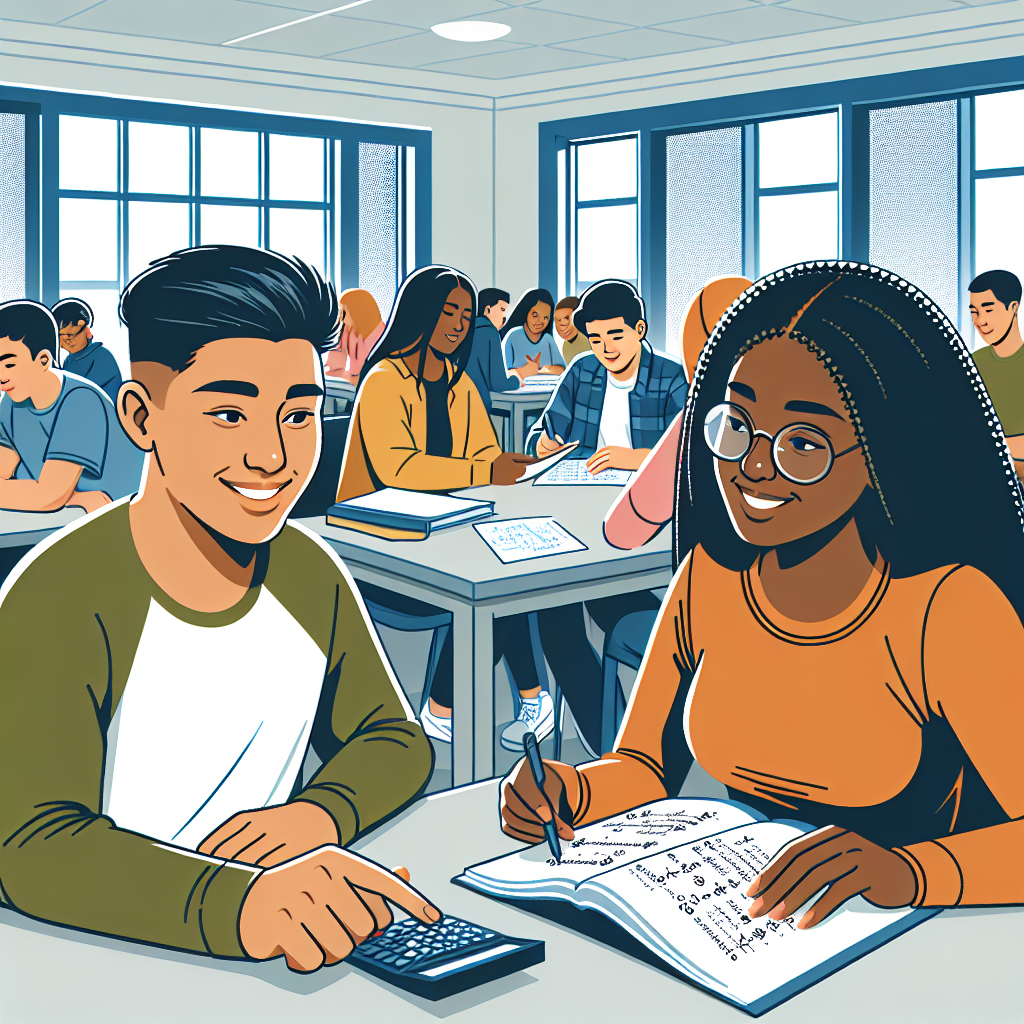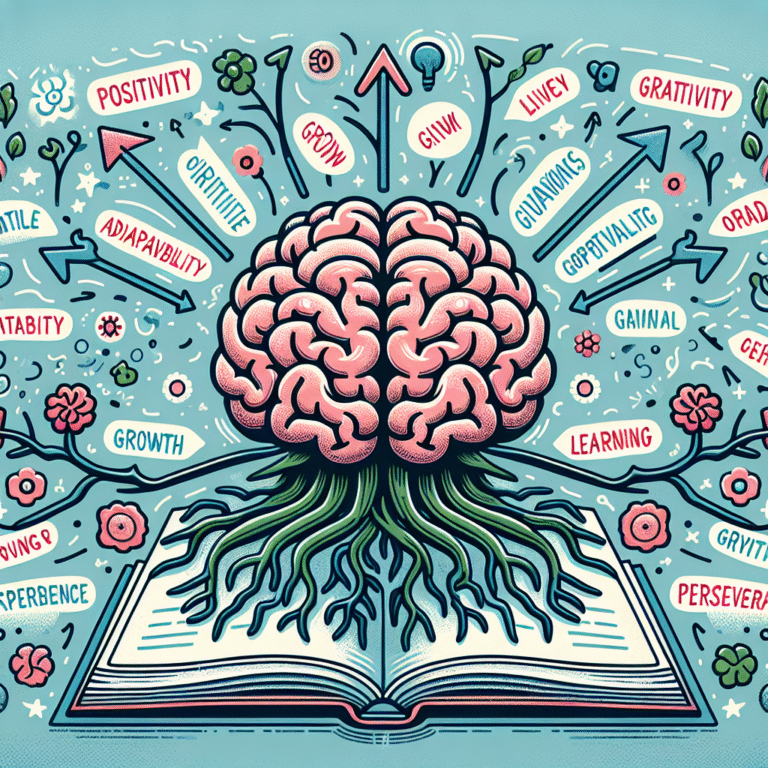
Introduction
Education is a transformative experience that shapes futures. Yet, the traditional teacher-student dynamic can sometimes leave gaps, particularly for those who need additional support. Enter peer tutoring—a powerful approach that not only assists struggling students but also fosters personal growth and community among learners. This article delves into Empowering Students: The Role of Peer Tutors in Education, highlighting how peer tutoring initiatives can create thriving educational environments.
The Concept of Peer Tutoring
What is Peer Tutoring?
Peer tutoring is a structured form of learning where students assist one another. Instead of relying solely on teachers, students become educators themselves, facilitating learning and comprehension among their peers. This method is increasingly recognized for its dual benefits: it empowers the tutor as a leader and supports the tutee in overcoming academic challenges.
The Importance of Peer Tutoring in Education
The significance of peer tutoring goes beyond academic assistance. It fosters a sense of community, encourages collaboration, and lays the groundwork for essential life skills. By introducing peer tutoring into educational settings, schools can cultivate an environment that nurtures both academic excellence and social growth.
The Benefits of Peer Tutoring
Academic Success
Numerous studies indicate that peer tutoring significantly enhances academic performance. According to a comprehensive review by the US Department of Education, students in peer tutoring programs often demonstrate gains in both understanding and retention of material.
| Study | Findings |
|---|---|
| US Dept. of Education (2018) | Increased test scores by an average of 15% in peer-tutored environments |
| University of Minnesota (2020) | 70% of students participating in peer tutoring reported improved grades |
Enhanced Social Skills
Peer tutoring plays a vital role in social development. Tutors not only improve their communication skills but also learn empathy and leadership. Tutees gain confidence and often develop friendships that extend beyond academic settings.
Increased Engagement
Many students who struggle with motivation find new inspiration through peer tutoring. The informal, relatable nature of learning from peers often makes it easier for students to engage with the material, promoting a love of learning.
Case Studies Illustrating Peer Tutoring Success
1. The "Buddy Program" at Jefferson High School
At Jefferson High School, the "Buddy Program" pairs upperclassmen with freshmen struggling with algebra. Results from a three-year evaluation showed a notable increase in the freshman’s math scores, with a 25% improvement in standardized tests.
Analysis
This program underscores how older students can positively influence younger ones, creating role models that inspire and motivate. The program not only improved academic performance but also fostered mentorship relationships.
2. Community College Peer Support Groups
A study of a community college in California revealed that students involved in peer-led study groups had a retention rate of 85%. In contrast, the general retention rate stood at 47%.
Analysis
This case demonstrates the pivotal role peer tutoring can play in higher education, where students often feel isolated. Through peer support, they found connections that encouraged them to persist in their academic journeys.
3. Peer Tutoring in Online Education
With the rise of online learning, platforms that incorporate peer tutoring, such as Khan Academy and Coursera, have seen stellar results. Students participating in these forums reported a 30% higher satisfaction rate in their courses.
Analysis
This case highlights that even in virtual environments, peer tutoring maintains its effectiveness. Students who engage with one another feel more supported, which leads to greater retention of information.
Implementing Peer Tutoring Programs
Steps to Create a Successful Peer Tutoring Program
Identify Needs: Conduct surveys to understand which subjects or skills students struggle with most.
Recruit Tutors: Select qualified students who excel in the subjects identified and provide them with training.
Set Guidelines: Establish clear goals, meeting schedules, and a framework for conducting sessions.
- Monitor Progress: Regularly assess the impact of tutoring sessions on both tutors and tutees.
Tools and Resources
Utilizing technology can enhance peer tutoring programs. Platforms such as Google Classroom and Zoom enable flexible communication, allowing for both in-person and virtual tutoring.
Challenges and Solutions
Common Challenges
- Stigma Around Tutoring: Some students may feel embarrassed to seek help.
- Quality Control: Not all peer tutors may be effective in their roles.
- Scheduling Conflicts: Finding common times for tutors and tutees to meet can be tricky.
Solutions
- Normalize Tutoring: Promote tutoring as a valuable resource, emphasizing endurance over struggle.
- Provide Training: Equip tutors with the tools they need to be effective, including communication techniques and strategies.
- Flexible Scheduling: Use technology to offer various meeting options, ensuring accessibility for all students.
The Lasting Impact of Peer Tutoring
Building a Supportive Community
Peer tutoring not only aids in academic success but also builds a sense of community and belonging among students. Schools that prioritize peer tutoring often experience higher morale and student satisfaction.
Preparing for the Future
The skills gained through peer tutoring extend beyond school. Students learn responsibility, improve their critical thinking, and develop interpersonal skills essential in the workforce.
Conclusion
Empowering Students: The Role of Peer Tutors in Education is both profound and multifaceted. By embracing peer tutoring, educational institutions can foster environments where all students soar—academically and personally. As we look to the future of education, the value of peer support should not be underestimated. Investing in these programs creates not just better learners, but empathetic leaders prepared for the challenges ahead.
FAQs
1. What age should students start working as peer tutors?
Most students can begin tutoring as early as middle school, but successful programs often see tutors starting in high school when they have a stronger grasp of the material.
2. Is peer tutoring effective for all subjects?
Yes, peer tutoring can benefit all subjects, particularly those that require conceptual understanding, like math and science.
3. How can I find or create a peer tutoring program at my school?
Start by discussing it with educators and administration. Identify subjects that need support, recruit interested students, and establish a framework for the program.
4. How do you measure the success of a peer tutoring program?
Success can be measured through academic performance, student satisfaction surveys, and retention rates.
5. Can peer tutoring work in a virtual environment?
Absolutely! Many online platforms facilitate virtual peer tutoring, providing flexibility and accessibility that can reach a broader range of students.
This article serves as a comprehensive guide to Empowering Students: The Role of Peer Tutors in Education, unraveling its multifaceted benefits and essential components for implementation. The peer tutoring approach not only enhances academic performance but also instills crucial life skills, preparing students for success in and out of the classroom.

















